|
Today is day 144 since the Ram was introduced to the Ewes. Unfortunately, this year we don't know exactly the date when each ewe was bred. The average sheep gestation period is 147 days, with a range of 138 - 152. First timers may go a little earlier than experienced ewes. Their normal heat cycle is 17 days. So, given that information, we expect to see lambs any time between now and April 7. When the ewe starts showing signs of labor, she will usually deliver in the next 2 - 15 hours. Signs include, separating herself from the herd, not eating, acting more territorial than usual, pawing the ground, acting restless and uncomfortable, udders filling out, sides of her hips caving in when she 'drops', signs of mucus plug coming out, water breaking, and straining to push. The first 2 pics are of 1118. Her udder is definitely engorged. I didnt see any other signs today that might indicate she's ready. She ate well and hung with the herd, and no signs of mucus plug, water or uterus dropping. I am very nervous about her. I want to take out the strings in the next day or two, but with that her uterus may prolapse again. I really hope it happens this weekend while I have plenty of time to watch her. Old Nag is nearing the end of her reproductive life. She is 8 years old, so her chances of complications are getting higher. She and her 2 lambs from last year are my only registered ewes. Her lambs do not appear to be bred, which is fine because they are still pretty small. Julia, in the last pic is my black face dorper ewe. She is 2 years old and in her first pregnancy. Her udder size is still smaller than the other two, but has increased pretty significantly in the last week. 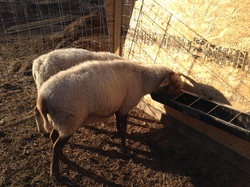 Wish us luck. I may not be getting much sleep this weekend.
0 Comments
 As of there wasn't enough on the to do list this weekend, the chinquapin oak decided to fall over the main trail sometime Friday night. Saturday morning's 'to do list' was suddenly put on hold. The saturated earth could no longer hold back this giant leaning over the trail but beautiful tree. I am sad to see her go. She was one of the largest and most unique trees I have seen on the property. 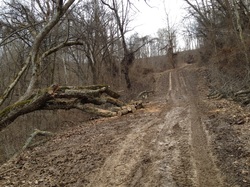 The trail was cleared and several loads of firewood were hauled up the hill. Thank goodness for brave men and chainsaws. As you can see, a huge chunk of tree remains, but that will have to be dealt with another day. 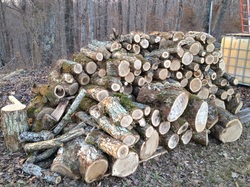 We have a nice stack of firewood started. I'm sure it will come in handy next fall and winter. 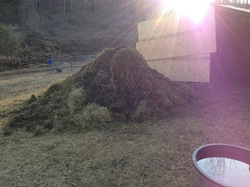 Next on the list was cleaning out the sheep barn. Somehow this became my job. Maybe because I don't like running the chain saw. Its probably the safest for everyone if I don't. 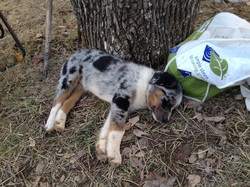 Even Jako was exhausted! 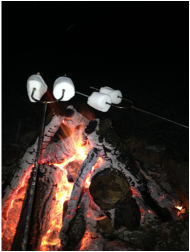 Finally, there was time for some relaxation. .  And time to enjoy a beautiful sunset promising another sunny day. 24 hours later, 1118 is still doing fine with her uterus intact, safe inside the lambing pen with plenty of food and water. Caution before you read further: Graphic photographs below, not for weak stomachs. 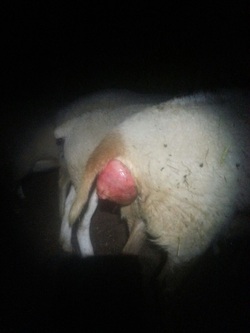 This is what we found yesterday evening. I had read about it happening during birth, but did not know it could happen prematurely. After doing some research and speaking to the vet, we have learned that it is not terribly uncommon in the last month of pregancy - prevalence is about 15% according to one source. Fortunately, with proper care, ewes and lambs can survive the ordeal. The cause, according to my research, is having not enough room in the abdomen (increased intra-abdominal pressure) due to a variety of reasons including: * Excessive body condition - too much fat in the abdomen * Triplets * Distension of the rumen The ewe was in obvious distress. She was bawling and straining with the urge to push. The condition is very serious if not corrected. The sheep has difficulty urinating, and risks rupture of internal organs including the bladder and intestine. Additionally is the risk of infection. It felt like an eternity waiting for the vet to call back with his advice. In reality, it was less than one hour. He said, 'I could come out there and fix it and charge you $300, or you can fix it yourself. I think you can do it." First, we needed to lubricate the uterus and push it back in, with the ewe in a standing position. Next, he described a suturing technique similar to a purse string, creating a net to hold it in. One web site called it a Buhner suture. I learned later there are also plastic retention devices and harnesses available for this purpose, although many find the sutures most effective. Having no supplies on hand, we went to the next door neighbor and asked to borrow a cup of sugar and a bottle of rubbing alcohol for disinfectant. The shoestring from a spair pair of Connor's boots served as the suture. We washed it well and soaked it in alcohol. As if the ewe knew we were there to help her, and although she was obviously in pain, she willingly let us work on her without putting up much of a fuss. We poured the clean sugar water over the area to moisten it, then while one of us held her still, the other pushed carefully but forcefully to get her uterus back in place. We had to continue holding it in, otherwise she would push it back out. After a while she relaxed and it seemed to settle in to place. While I continued to hold her, farmer John, using a thin pointed knife to make small incisions and a wire to thread the string, put the sutures in place. 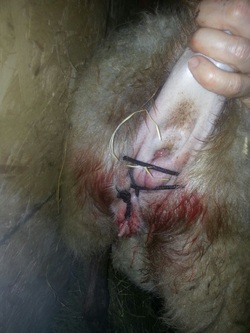 The final result, although not pretty, was secure. She was able to urinate and poo without any difficulty. The area was painted with betadine solution later to help prevent infection. For a couple of days, we will keep her in the lambing pen for her safety and to keep a close eye on her. Now, the tricky part will be identifying when she is ready to deliver so the sutures can be removed for birth. We came home to find one of the sheep (#1118) with a vaginal prolapse. We called the vet, and a friend for advice. Apparently this is a fairly common occurrence in sheep. Sugar water was used to moisten it, and we were able to reduce it. A purse string style suture was put in to hold it in place. All we had on hand was a fillet knife, some wire for threading and a shoe string. So far, the ewe is doing fine. More to follow...
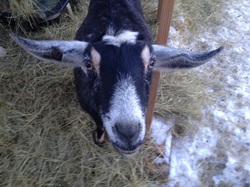 Alita is my 3 year old Nubian/ Nigerian Dwarf cross, AKA Mini-Nubian, first generation. She is registered by the miniature diary goat association and is from Lucas Farm in Wayne, WV. Alita is friendly, playful and loves treats. She is definitely the leader of the herd. 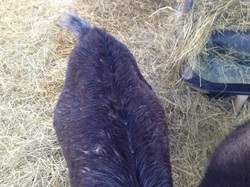 Her belly is pretty round. I suppose it could be because she loves to eat. I've been hopeful before, but I think this time she may actually be pregant. She was in heat and messing around with Kobalt in early November. If it took, this would mean we may have kids around the end of March to beginning of April. 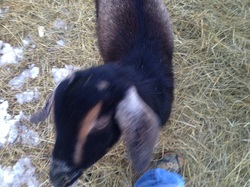 Kobalt is the 4th generation Mini-Nubian. He is also registered by the miniature dairy goat association. Kobalt is nearly one year old. 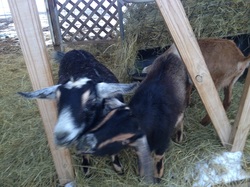 He loves Alita. He also loves treats. I think they missed on the 'drier below normal snowfall' part!
According to the Almanac Annual Weather Summary: November 2013 to October 2014 Winter will be colder and drier than normal, with below-normal snowfall. The coldest periods will be in December, early January, and early February, with the snowiest periods in early December and early March. April and May will be warmer and drier than normal. Summer will be hotter and rainier than normal, with the hottest periods in mid- to late June and early to mid-July. Watch for a tropical rain threat in mid-July. September and October will be slightly cooler and drier than normal. 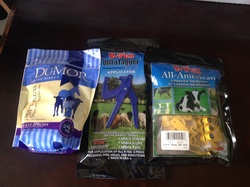 We are making our list and checking it twice, getting ready for lambs and kids to arrive. I'm pretty sure 7 ewes and 1 goat (Alita) are expecting. Best guess is that we could have at least one ewe lambing in the next 10 -14 days. Last week they were all treated with coccidiostat for prevention of coccidosis, and Alita was vaccinated. The sheep shed was extended, and in progress of getting it cleaned out and lime will be applied with fresh, clean straw. 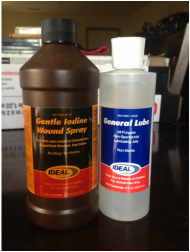 Supplies are being gathered, including ear tags for sheep, iodine for treating the umbilicus, lubricant in case one needs help delivering, colostrum replacer for orphan emergencies. A few additional items have been ordered, including penicillin, B complex, a rubber catheter feeding tube and 60 cc syringe for emergency feeding. We will also have on hand a bucket of water, dry towels and a heating box. With good luck, most of these items wont be needed. 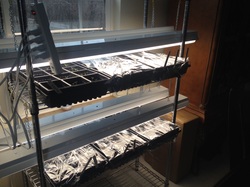 Meanwhile, seeds are starting to sprout. Its a good sign that spring is just around the corner. This post has nothing to do with farming, unless a creative person can see parallels in preparing for the unpredictable and remaining calm when things don’t go as planned.
I’m sitting here in the airport practicing #8 after experiencing #6. I’ve already researched growing blueberries and building low tunnels, and now reflecting on the past 5 years as an intermittent Primary Stroke Center reviewer and what I have learned from various aspects of the experience. Today, it is the joys of travel, especially WINTER travel. I thought I would share, in case someone finds this helpful and prevents a few of the mistakes I have learned along the way. 10 Things I’ve learned from 5 years (and 60+ trips) of business travel:
|
AuthorMy name is Christy Franklin. Archives
February 2021
Categories |
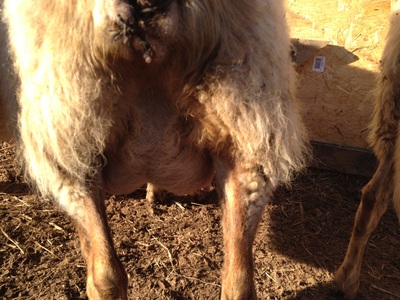
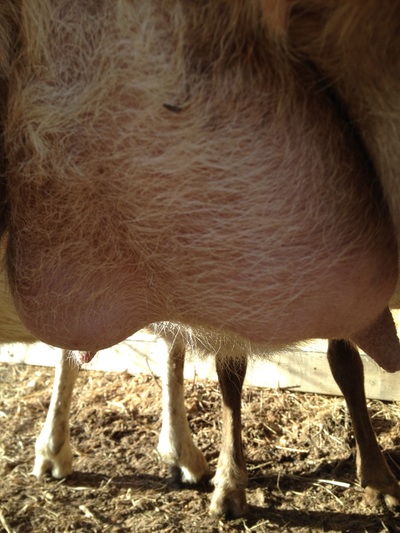
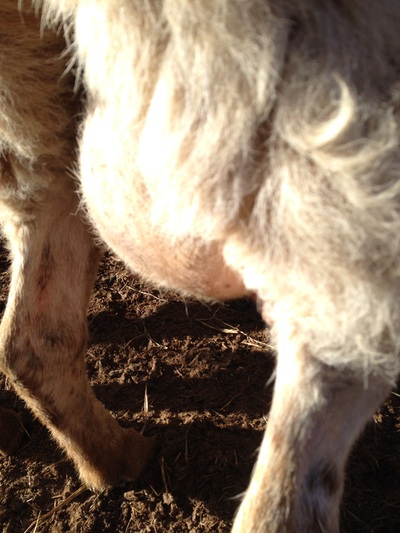
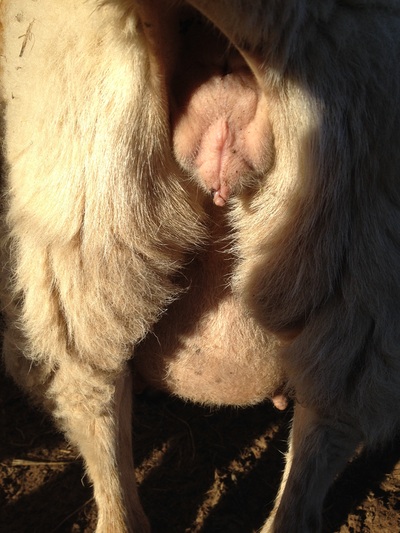
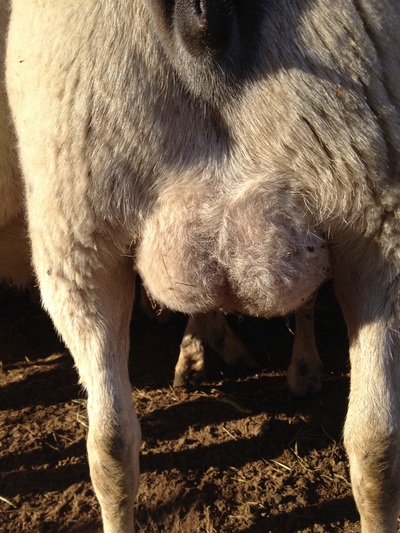
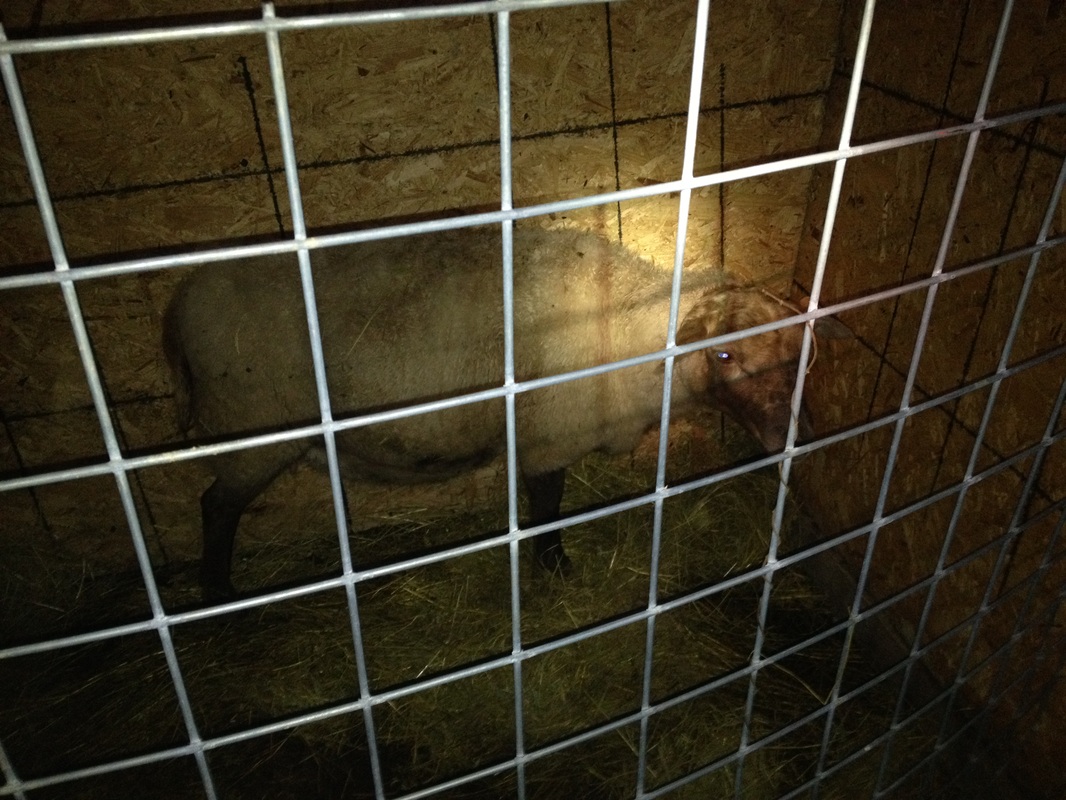
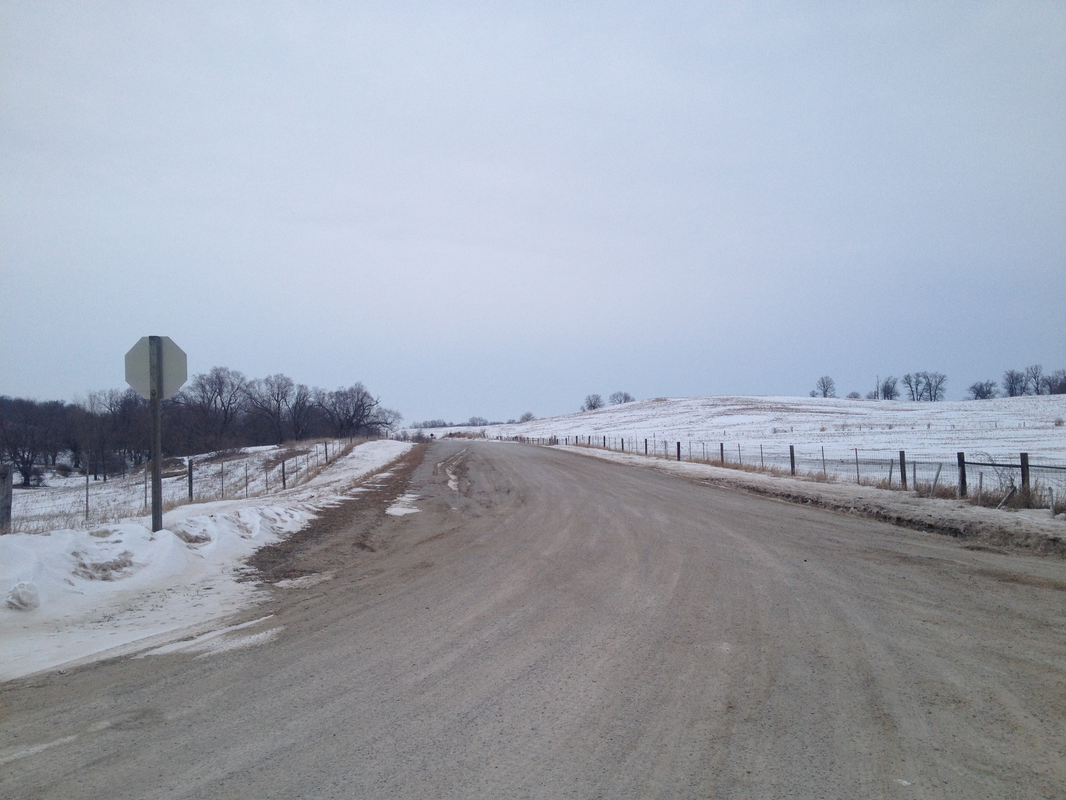
 RSS Feed
RSS Feed
